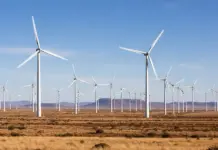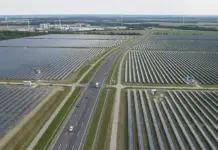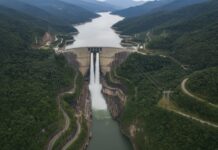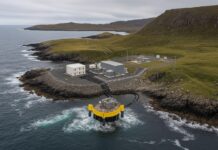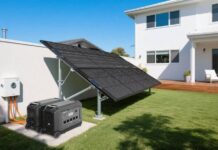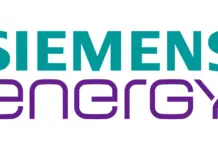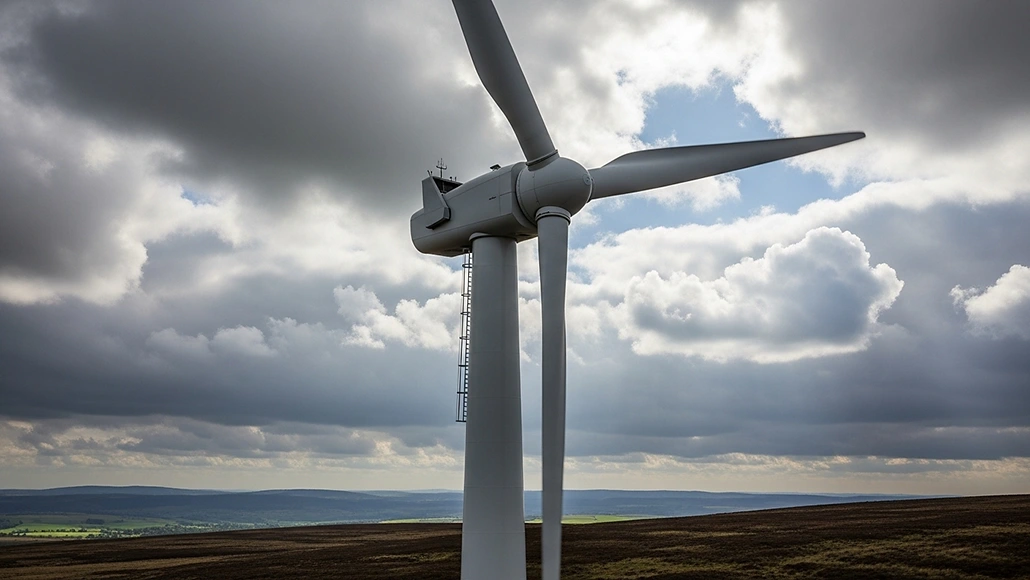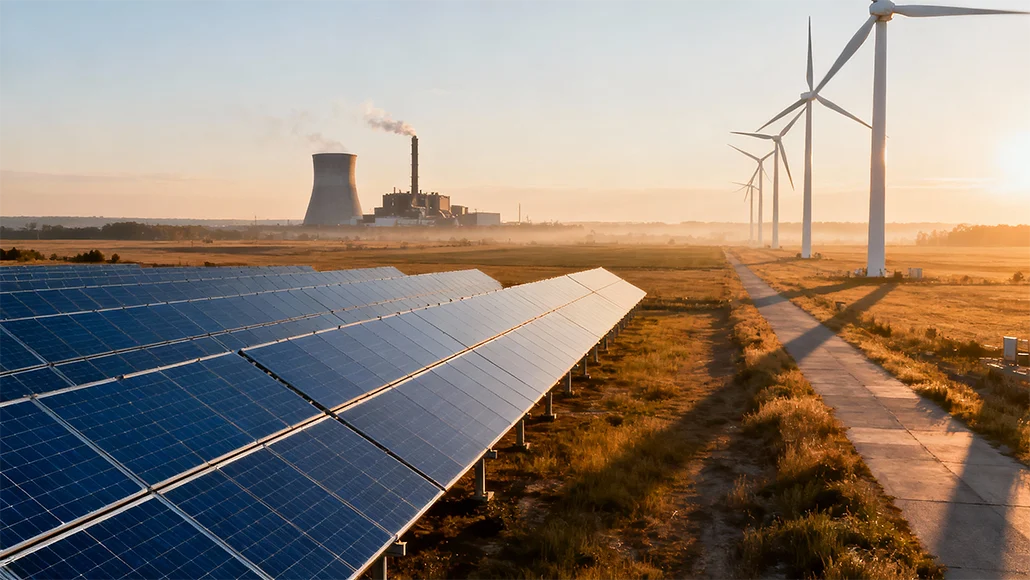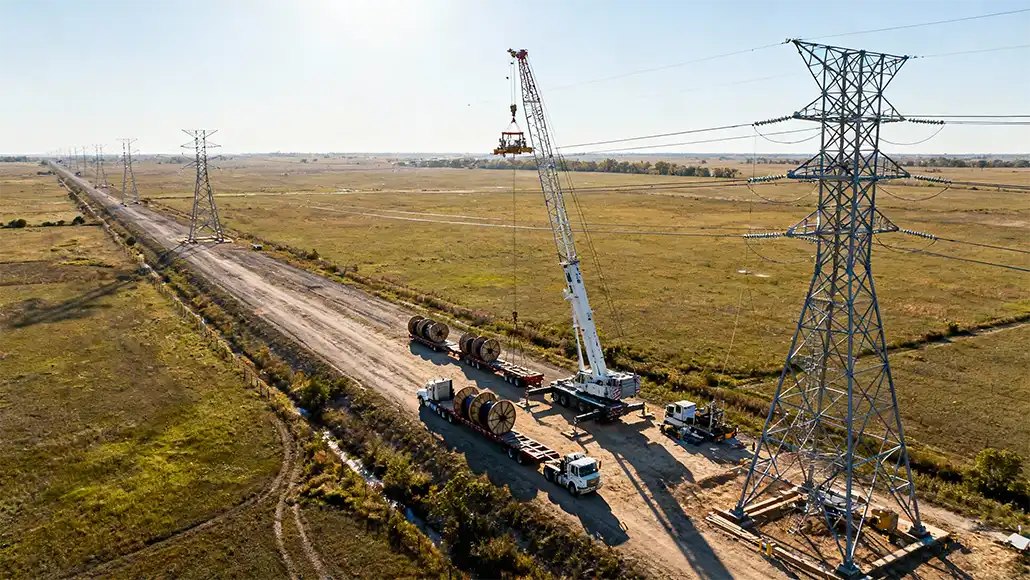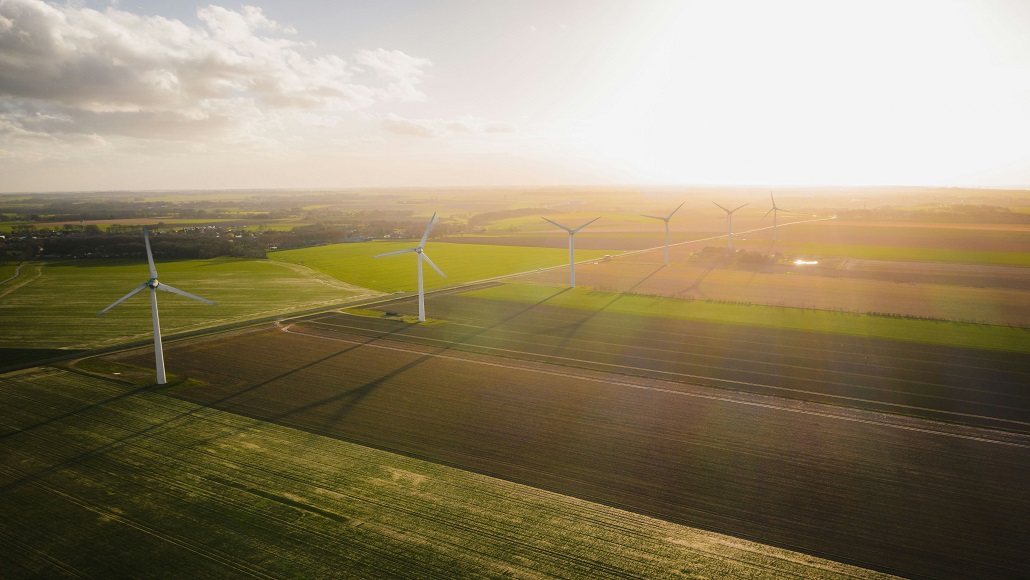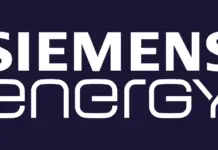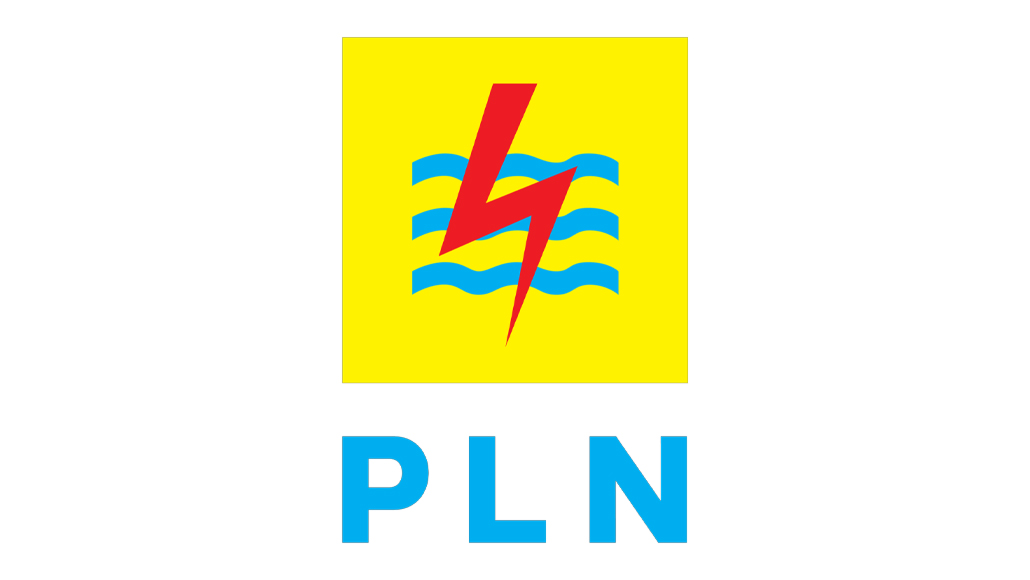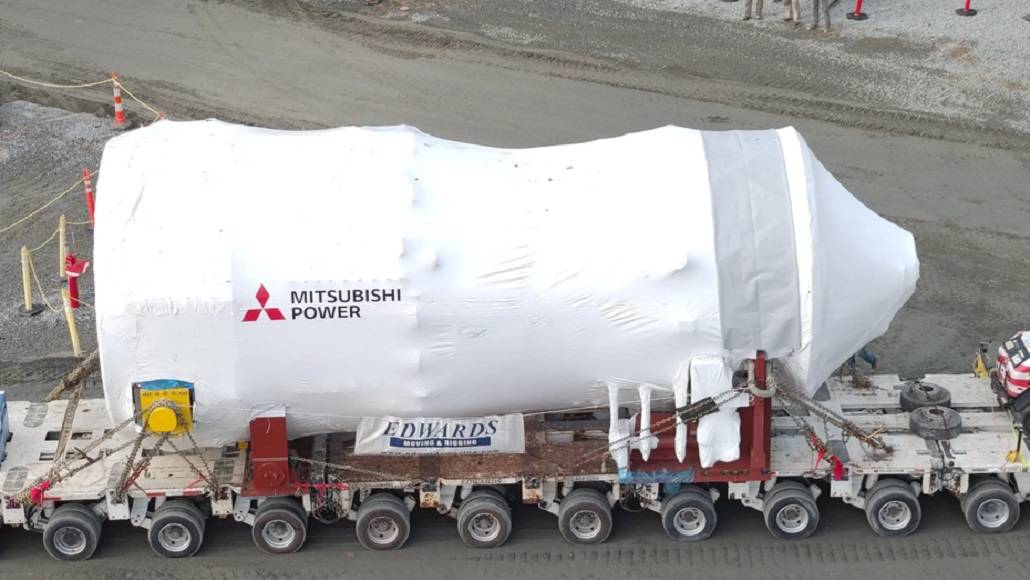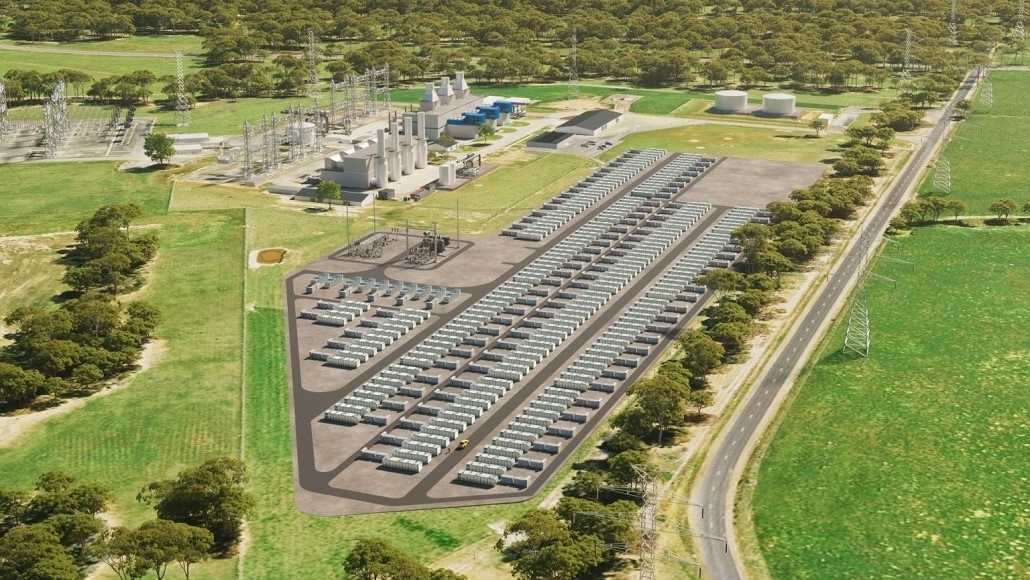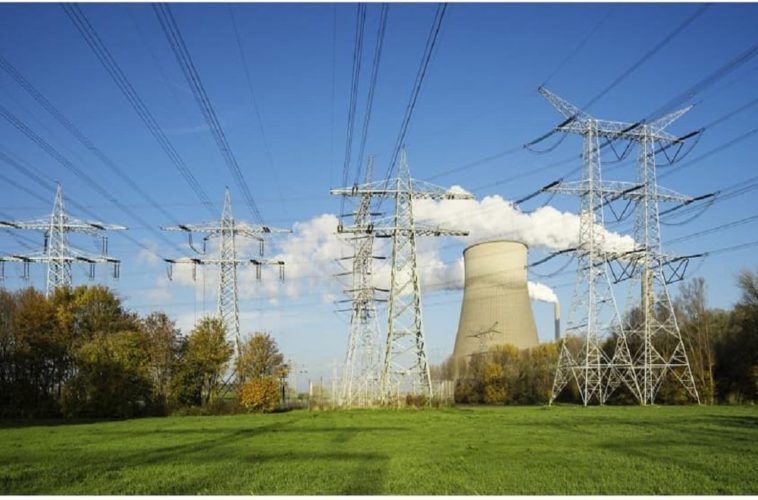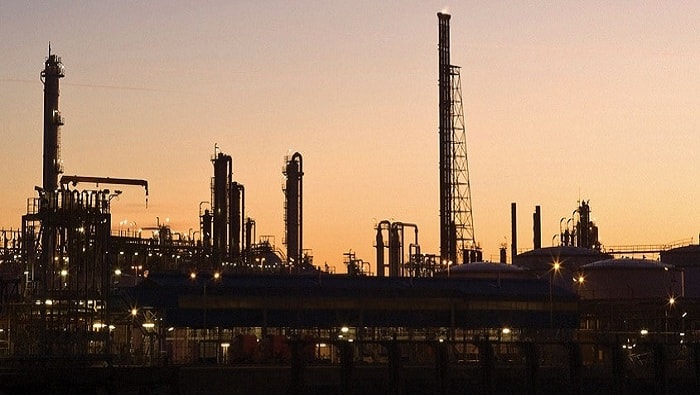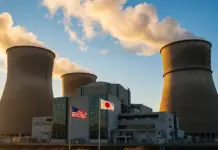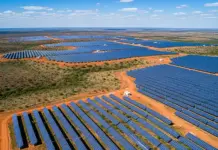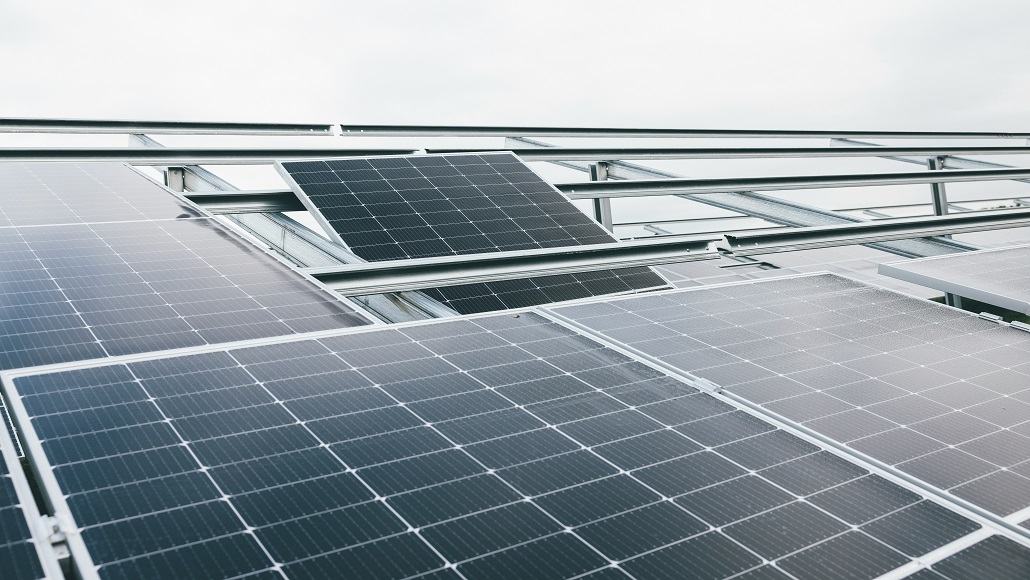The California Energy Commission (CEC) has gone on to approve the Darden Clean Energy Project, which happens to be the first development in order to receive fast-track approval under its opt-in certification program. The project goes on to include 1.1 GW of solar capacity as well as a battery energy storage system (BESS), which is designed to power almost 850,000 homes for four hours.
It is well to be noted that the California Energy Commission (CEC) went on to approve the Darden Clean Energy Project, which is the first to be fast-tracked under its opt-in certification program.
The CES has even gone on to say that this battery storage project is destined to be the largest in the world. With the battery energy storage system (BESS) of 4600 MW, which will be paired with a solar installation of 300 million solar modules offering 1.1 GW of solar, it will generate almost enough electricity to power 850,000 homes for four hours.
The project, which happens to be owned by IP Darden I, LLC, which is a subsidiary of Intersect Power, is going to connect to the PG&E grid and is going to be located on 9500 acres of land based in western Fresno County.
Apparently, the CEC’S opt-in certification program, which was authorized by Assembly Bill 205 and passed in 2022, needs the CEC to review its application 30 days after the submission and also make a determination of completeness. The CEC then has another 270 days to complete the environmental review. This program happened to be developed with an objective of attaining California’s mandate of all the retail electric sales coming from renewable energy as well as zero carbon resources by 2045.
According to the CEC chair, David Hoschild, the transition to 100% clean electricity by 2045 needs bold, utility-skill projects such as Darden’s. This project happens to be significant not only because of its size but also because of its cutting-edge design as well as safety measures.
Projects that are looking for approval by way of opt-in certification programs have to pay prevailing wages as well as provide community as well as economic advantages. The Darden Clean Energy Project is anticipated to employ over 2000 people across its construction period, which is going to last anywhere between 1.5 years and 3 years. Besides this, owners of the project have already committed to $2 million in community investment for the next decade with a start-up of $320,000 committed to Cento La Familia advocacy services, which happens to be a non-profit supporting crime victims, civic engagement in rural communities, and family wellness.
According to Neomi Gallardo, the CEC Commissioner, today’s clean energy projects have to do more than just deliver megawatts. They should create a value within communities where they are getting constructed. This kind of project exemplifies a community-focused approach, which helps in advancing the state’s energy objectives and, at the same time, creating advantages for local workers as well as residents.
Interestingly, as per the CEC, California happens to lead the nation in battery storage with over 200 utility-scale battery energy storage systems, as well as another 250 commercial as well as residential systems across the state. Battery storage enables stabilizing the grid by storing excess energy that is produced during the peak production period and also discharging it when the demands happen to be high or the generation dips, like during the evening or in the event of a power outage. But battery fires are indeed a concern, such as the one that happened in January 2025 at the Vistra Energy lithium battery plant based in Moss Landing.
It is well to be noted that with battery safety in mind, Governor Newsom went on to initiate an effort in 2024 so as to update the California Fire Code with certain specific fire safety needs for stationary lithium-ion battery storage systems as well as the California Public Utilities Commission’s approval when it comes to the new safety.
Besides this, shortly after the fire, the Battery Energy Safety and Accountability Act—AB 303—was presented in front of the legislature. The bill goes on to propose quite significant restrictions when it comes to BSS development, which includes Restricting development on environmentally initiative sites.
Prohibiting the BESS facilities of 200 MWh or even higher within 3200 feet of sensitive receptors
Repealing the 2022 permitting reforms that had expedited the state approvals of these facilities, which come under the climate change initiatives in California
Although the Moss Landing fire was a wake-up call, the Wood Mackenzie Q1 2024 as well as the 2023 year in review found out that almost 7.9 GW of grid-scale energy storage got installed in the United States in 2023. As reported to be a 98% rise over the total installed capacity in 2022, this happens to indicate that while the number of incidents is almost constant, the number of installed units massively grew, thereby lowering the failure rate of these systems.
As per the California governor, Gavin Newsom, the state is indeed moving faster than ever before in order to build the clean energy that they require, now with the world’s largest solar and battery project. With a record amount of clean energy capacity that was added in 2024, they are indeed creating jobs as well as supporting the local communities, all while building a dependable and cleaner power grid, he added.
Intersect Power, which happens to be San Francisco-based, is a solar plus storage specialist and reports a portfolio of 2.2 GW of operating solar as well as 2.4 GWh of battery storage in operation or construction, thereby representing $4 billion of capital investments. Intersect anticipates breaking ground on another 4 GW of solar PV as well as 10 GWh of battery storage, thereby representing $9 billion of asset holdings in 2025.


